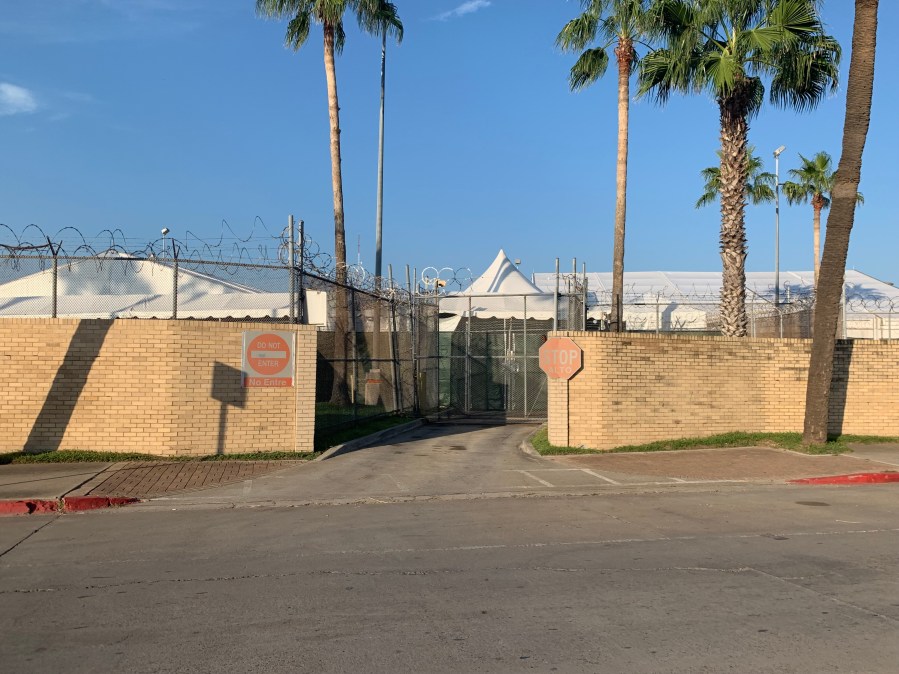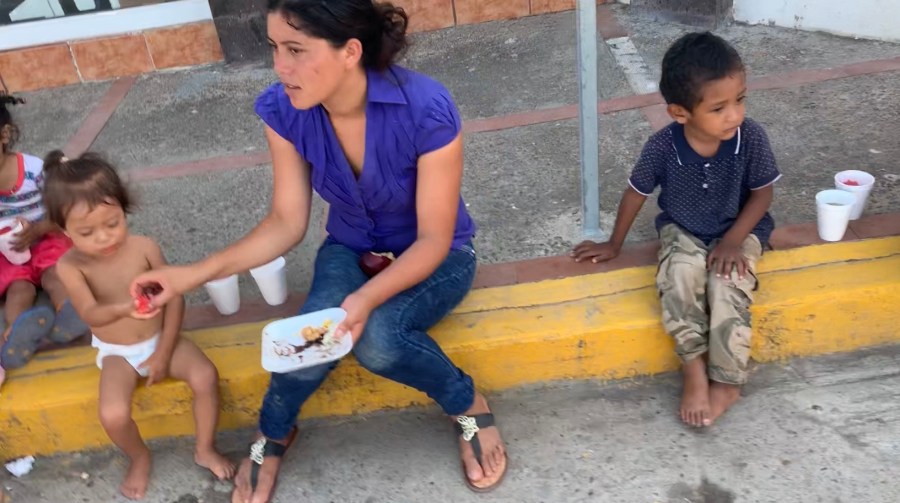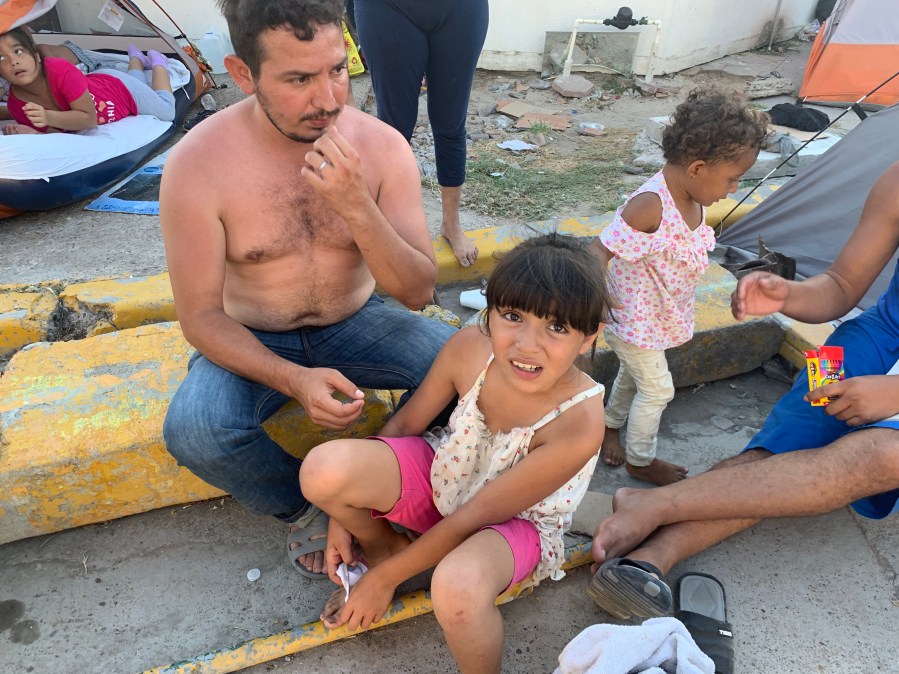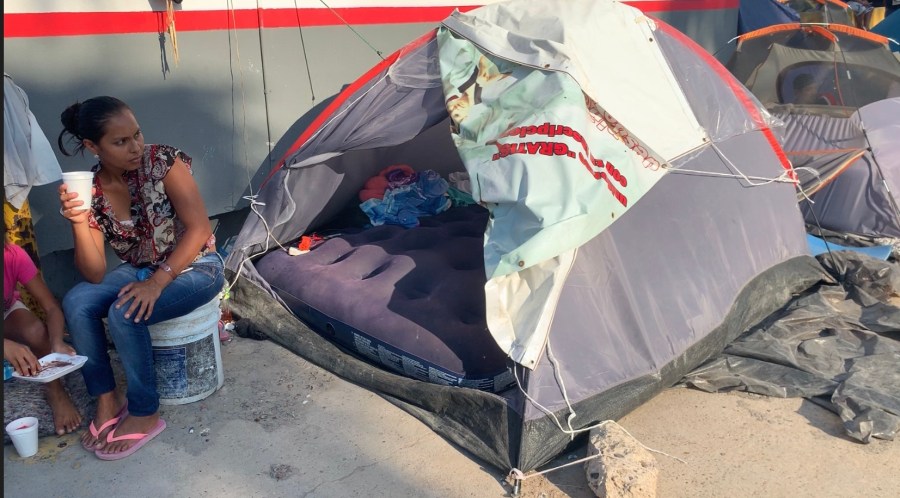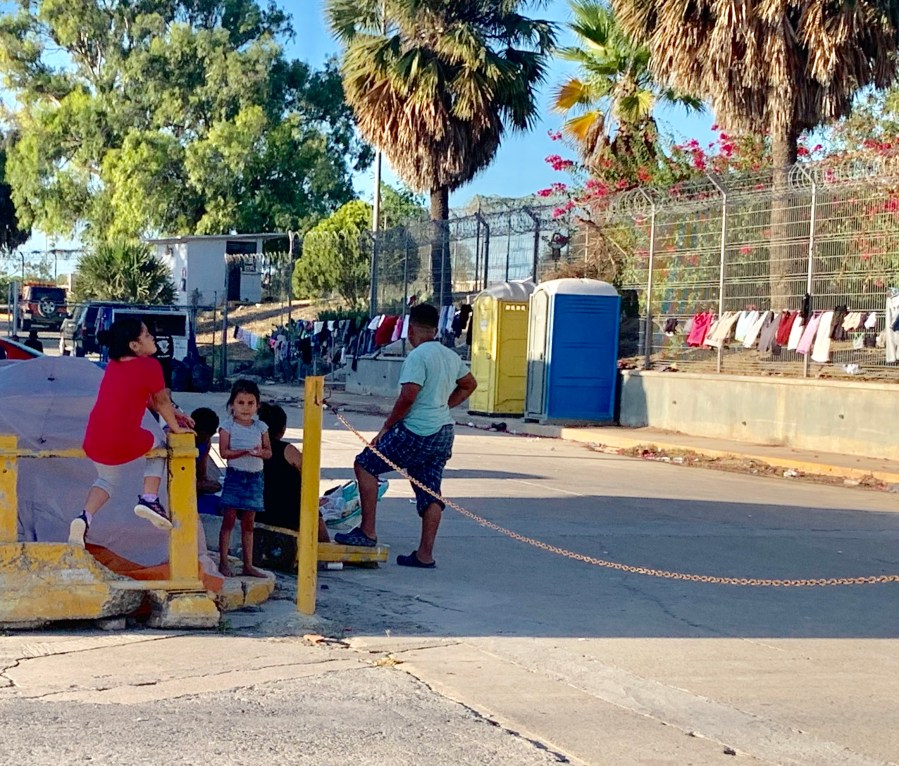BROWNSVILLE, Texas (Border Report) — The U.S. Border Patrol’s Rio Grande Valley Sector has for several years been the busiest for migrant apprehensions in the entire U.S. Southwest border.
Fifty percent of all illegal drugs cross the Southwest border in this region and 40% of all undocumented immigrants cross in just these 77 miles, RGV Border Patrol Sector Chief Rodolfo Karisch stated recently in federal court.
Since the migrant surge began in 2014, U.S. immigration agents in South Texas detained migrants at holding facilities spaced throughout Starr, Hidalgo, Willacy and Cameron counties, as they processed their asylum claims. This also included giving migrants a Credible Fear interview to determine whether they had cause to apply for asylum in the United States because of a fear of returning to their home country.
The majority were released after a few days, under an Obama-era policy of “catch and release.” They were given court documents and Notice to Appear papers indicating when and where their federal immigration court proceedings would be held. Failure to appear at these hearings could result in an order for deportation to be issued by a federal immigration judge.
The Trump administration on July 17 began to implement a new policy for migrants apprehended in South Texas that has completely changed their process of applying for asylum here. The change comes as the average wait time for U.S. federal immigration court hearings is now at 700 days — or about two years, according to Transactional Records Access Clearinghouse, which tracks federal immigration court cases. President Trump has also repeatedly promised to close the border to this influx of migrants, who are mostly coming from the Northern Triangle countries of El Salvador, Honduras and Guatemala.
The new policy is called Migrant Protection Protocols, commonly called “Remain in Mexico” or “Wait in Mexico.” This policy forces migrants to wait in Mexico for their U.S. immigration court hearings. This policy had been used in San Diego and El Paso, but never before in South Texas where the vast numbers of migrants are apprehended.
Now, migrants that come into South Texas must wait in Mexico before they can make their U.S. asylum claims.
Immigration advocates say migrants also are not readily being given a Credible Fear interview at the time of their arrest or prior to their removal, which had been the previous policy. Now, those questions seem to come from U.S. federal immigration judges, who are asking migrants if they have a fear of returning to their country when they appear for their first asylum hearings.
The courtrooms where these asylum hearings are being held are also different from the past. Migrants now appear before a U.S. federal immigration judge via videoconference from a new judicial tent city that was recently built at the base of the Gateway International Bridge in Brownsville. The federal immigration judges are housed at courtrooms in Harlingen, Texas, about 30 miles away.
Read Border Report stories on the first asylum hearings held in this new facility and media being barred from entering the facility.
Neither media nor the public has been permitted into this new judicial tent facility. Only lawyers whose clients have cases may enter, and only on the days that their clients are in court.
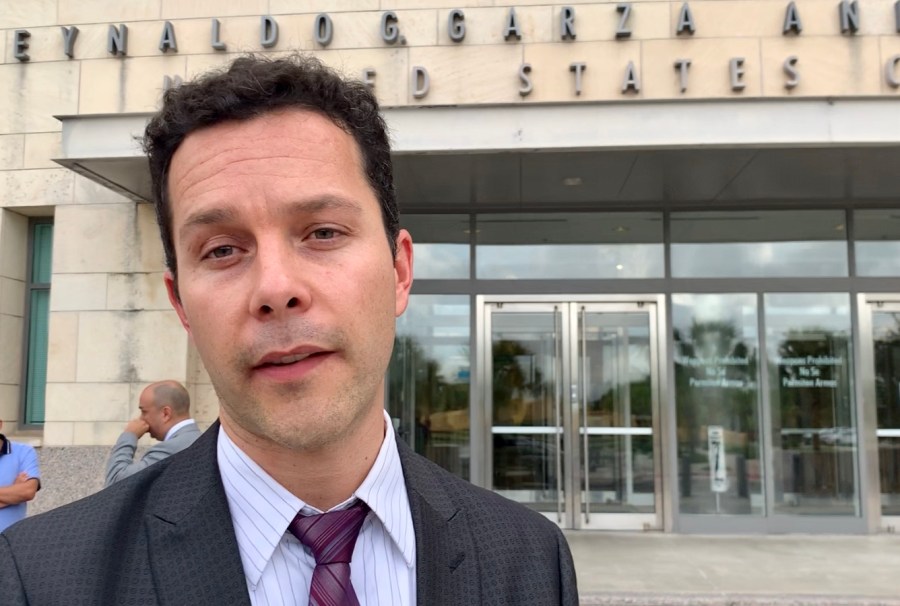
“The lack of access is just one more way in which this entire process is a flagrant disregard of the rule of law and due process,” said Efren Olivares, racial and economic justice program director for the Texas Civil Rights Project. “Now it’s closed to the public and it’s just counter to our justice system.”
New policy ‘reduces the incentive’
Based on Border Report interviews with immigration advocates and MPP migrants who were apprehended throughout the four-county South Texas region, it appears that following their apprehension and processing they are being driven by officials with U.S. Customs and Border Protection and/or U.S. Immigration and Customs Enforcement to Brownsville, where they are dropped off at the Gateway International Bridge and told to wait in Matamoros, Mexico.
ICE Acting Director Matt Albence said his agency has released “close to 450,000 family units this year,” and he said this new MPP policy “reduces the incentive” for these migrants to come and seek asylum when they do not meet the criteria.
“So there is an impact as far as restoring integrity to our system,” Albence said at a news conference following a media tour of the South Texas Residential Family Detention Facility on Aug. 23 in Dilley, Texas.
Cramped, smelly and dirty tent encampment
Upwards of 600 migrants who have been released to Mexico to wait for their asylum claims are now sleeping at a makeshift tent facility on the streets of Matamoros on the other side of the Gateway bridge. It is cramped, dirty, smelly and migrants say it is dangerous.
Some migrants say they sleep in shifts to stand guard because they heard that children get snatched in the night from tents, never to be seen again. There are reports of women forced into prostitution, fights and families vanishing overnight.
They might be returning to their country, but it is unclear what is happening to them.
Although the agreement with Mexico for MPP states that Mexico will provide humanitarian care to safeguard the migrants, immigration advocates say it is not happening.

“What Mexico can agree to do is a lot different from what Mexico can do. And it’s pretty clear to me that Mexico may be very well intended in terms of trying to protect and take care of these people, but they’re clearly not capable of doing it,” U.S. Rep. Filemon Vela, D-Texas, whose district includes Brownsville, told Border Report last month. “Many of the volunteers are involved with taking food just to feed people on the other side. It’s become clear to me that it’s just an inhumane situation and that on the Mexican side they are in no way prepared to take care of those people.”
Read a previous Border Report story on the migrant tent camp in Matamoros here.
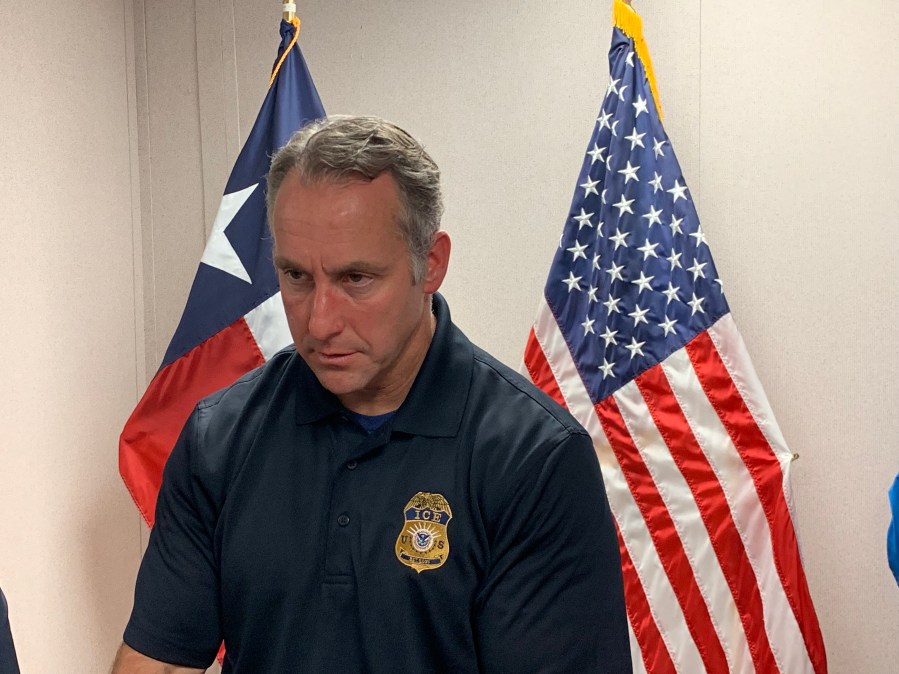
Albence stands behind the new policy and said that “90% of all family units and people who come from the Northern Triangle do not meet the legal thresholds to apply for asylum.”
“Everybody is entitled to their own opinion on how things should be done, what policies should be enacted. But, they’re not entitled to their own facts,” Albence said. “There is a lot of ugly rhetoric that is out there with regards to my agency, DHS as a whole and my agency and people who are upholding the law and vilifying us for doing the jobs that we were sworn to do.”
Apprehensions drop in Rio Grande Valley
The latest statistics released by U.S. Customs and Border Patrol show a decrease by nearly 25% of apprehensions on the Southwest border. Through August, the total number of asylum-seekers who were apprehended and found to be inadmissible was 64,006. That’s a 22% decline from 82,055 in July, and a 56% decline since the May peak of 144,255, according to the Sept. 10 news release.
“Recent domestic policy initiatives and international agreements to address legal and illegal immigration have contributed to the decline, including: agreements with Guatemala to address irregular migration (and) the Migrant Protection Protocols with Mexico, the final rule regarding non-Mexican asylum seekers at the southern border,” the release said.
Karisch testified on Sept. 6 that apprehensions in the Rio Grande Valley were way down, and holding facilities were filled only to 30 percent of capacity. In testimony during a preliminary injunction hearing — in a federal class-action lawsuit, which 16 migrants brought against him and others in the Trump Administration — Karisch said apprehensions were averaging 500 per day, down from 1,700 per day in May and June.
Read about Karisch’s testimony in this previous Border Report story.
‘How long can we live like this?’
For two months, Carolina Caranza, 21, of Honduras, has been living in a tent with her 2-year-old daughter, Emmy, on the streets of Matamoros. During a Border Report visit to the encampment on Sept. 14, Caranza said she was desperate to leave this situation. But, she said her first U.S. federal immigration court date isn’t scheduled until Oct. 21 at the Gateway facility.
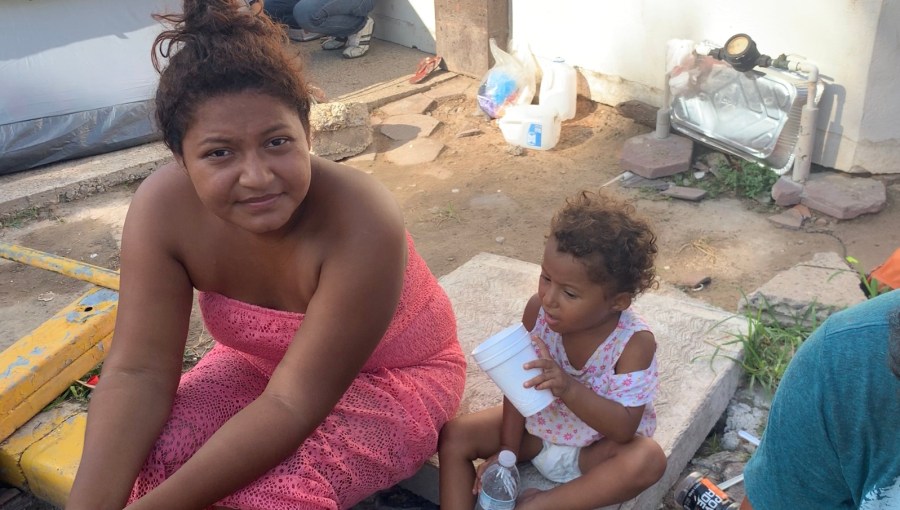
Every morning, volunteers bring bottled water to them, but each family gets only one bottle. Caranza is still nursing Emmy, and she must do so despite drinking very small amounts of fluids throughout the day, even as the temperatures soar into the high 90s and sometimes 100 degrees.
They bathe in the filthy Rio Grande and hang their clothes on the fence to dry. They use the banks of the river as their bathroom and say they won’t enter the two porta potties that are set up for the 600 people because they fear it is full of disease.
They have befriended Fernando Montoya and his family. Together, they watch each others’ backs and one man always stands guard.
“We are companions,” Caranza told Border Report in Spanish on Sept. 14. “But how long can we live like this? We have nothing.”
Sandra Sanchez can be reached at SSanchez@BorderReport.com. Visit the BorderReport.com homepage for the latest exclusive stories and breaking news about issues along the United States-Mexico border



